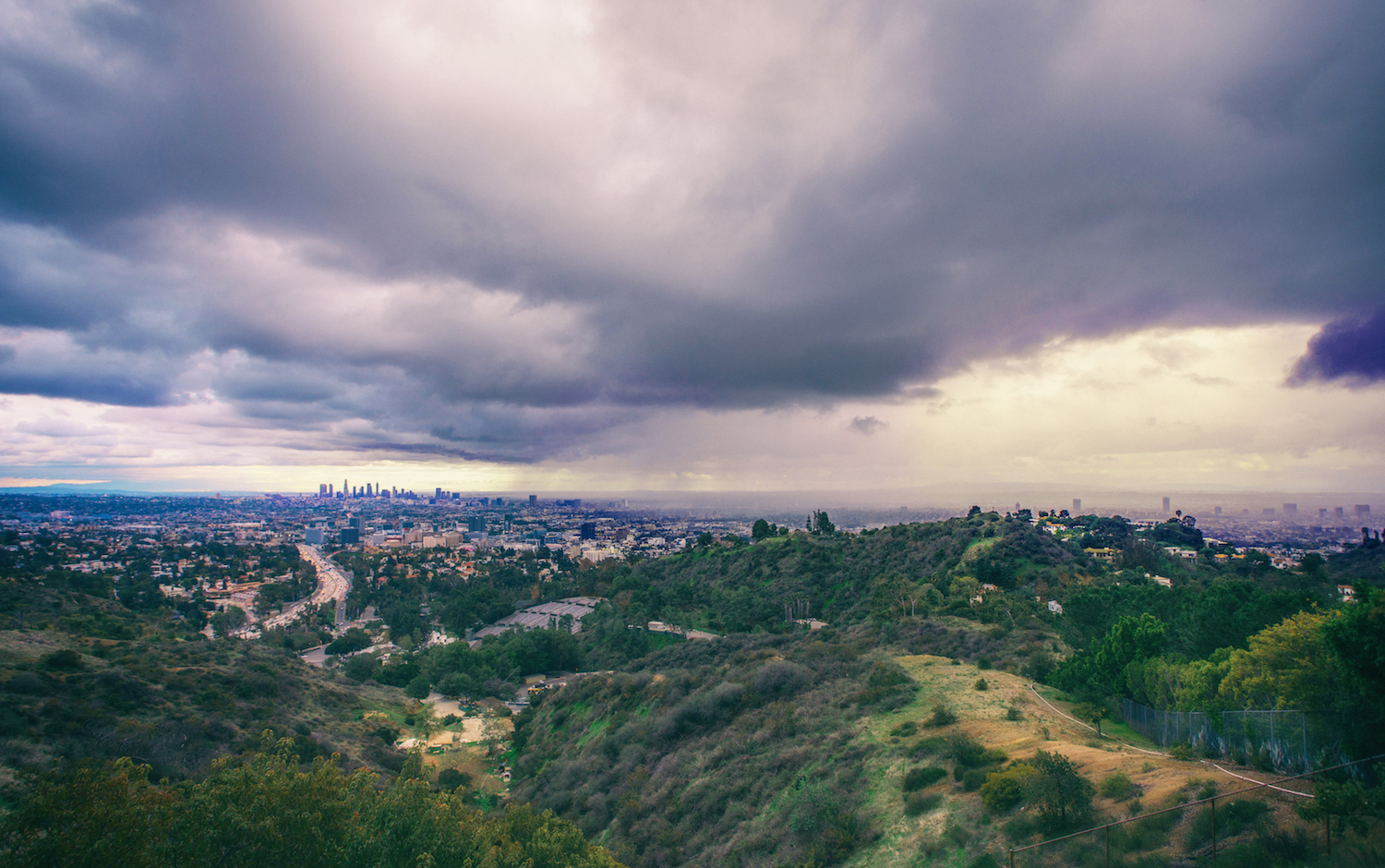What Is an Atmospheric River?

A river is a place where water accumulates and moves in the same direction. On land, rainfall gathers in gullies and gulches, joins with runoff from the surroundings, and forms tributaries and mighty rivers that flow to the sea. Water in the atmosphere behaves similarly, and forms rivers in the sky.
Atmospheric rivers are "long and narrow corridors of intense water vapor transport," said Francina Dominguez, a hydroclimatologist at the University of Illinois. The term originated in the early 1990s, when meteorologists Reginald Newell and Yong Zhu published a study in the journal Geophysical Research Letters describing their discovery of tropospheric rivers — regions in the troposphere where water vapor accumulates and persists for days at a time.
Atmospheric rivers can be hundreds of miles wide and over a thousand miles long, and the amount of water in the form of vapor that flows through them is comparable to the largest land rivers in the world. These sky-based rivers typically form over oceans, when large cold fronts move from west to east, Dominguez said. Strong jets of wind moving away from the Equator form ahead of the cold front, and transport moist air in the atmospheric river.
Compared to a river on land, atmospheric rivers change quickly. "They're moving all of the time; they exist and then die out," Dominguez said. "They're very dynamic in space and in time." [Rainbow Rivers: See Gorgeous Maps of the World's Waterways]
Atmospheric rivers may form frequently in more or less the same location. For example, a path between Hawaii and the U.S. West Coast has been nicknamed the "Pineapple Express." Atmospheric rivers and storms that form from that moisture in that region might be casually called the Pineapple Express as well.
Extreme weather
"You see the most impact, when these rivers hit on the topography," Dominguez said. In other words, when an atmospheric river runs into land, it often rains or snows. The results aren't necessarily disastrous; atmospheric rivers also cause light precipitation. But if the features of the land are more extreme — for example, mountains rather than hills — then the weather may be more dramatic.
Atmospheric rivers are responsible for most of the heavy rainfall in the western United States, and that's where much of the research on them has been conducted. There, atmospheric rivers can cause flooding, damage to property and deaths.
Get the world’s most fascinating discoveries delivered straight to your inbox.
Global importance
Atmospheric rivers are a global phenomenon. They appear in both the Northern and Southern hemispheres, extending from tropical or subtropical regions to the middle latitudes, more than 30 degrees north or south of the equator. For reference, the tropics of Cancer and Capricorn are about 23 degrees north and south, respectively.
Other areas affected by atmospheric rivers include Chile, Australia, South Africa and western Europe. An estimated 90 percent of moisture in the air at these midlatitudes comes from atmospheric rivers, Dominguez said. That means that atmospheric rivers play a key role in distributing water vapor around the world.
Atmospheric rivers in a changing climate
In a warming world, the amount of moisture in the air is certain to increase. "For now, what we know is, the models are showing that atmospheric rivers will transport more water," Dominguez said.
But that moisture won't necessarily translate neatly to precipitation, she said. The amount of precipitation, where it will fall and how often it will fall, are all relatively uncertain. For example, the path of most storms is likely to be pushed poleward in both hemispheres, Dominguez said, because the tropics will expand in a warmer climate.
Additional resources:
- National Oceanic and Atmospheric Administration's atmospheric river portal.
- Read the American Meteorological Society's definition of an atmospheric river.
- The Smithsonian: Warm air doesn't exactly "hold" more water.


